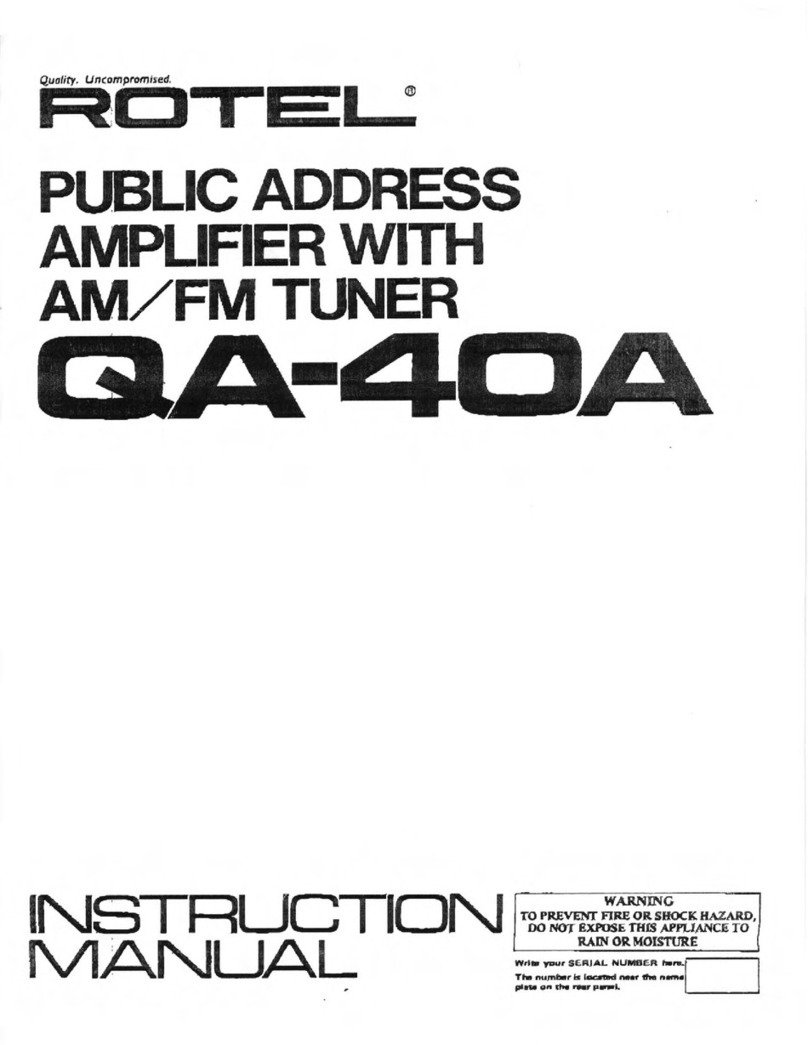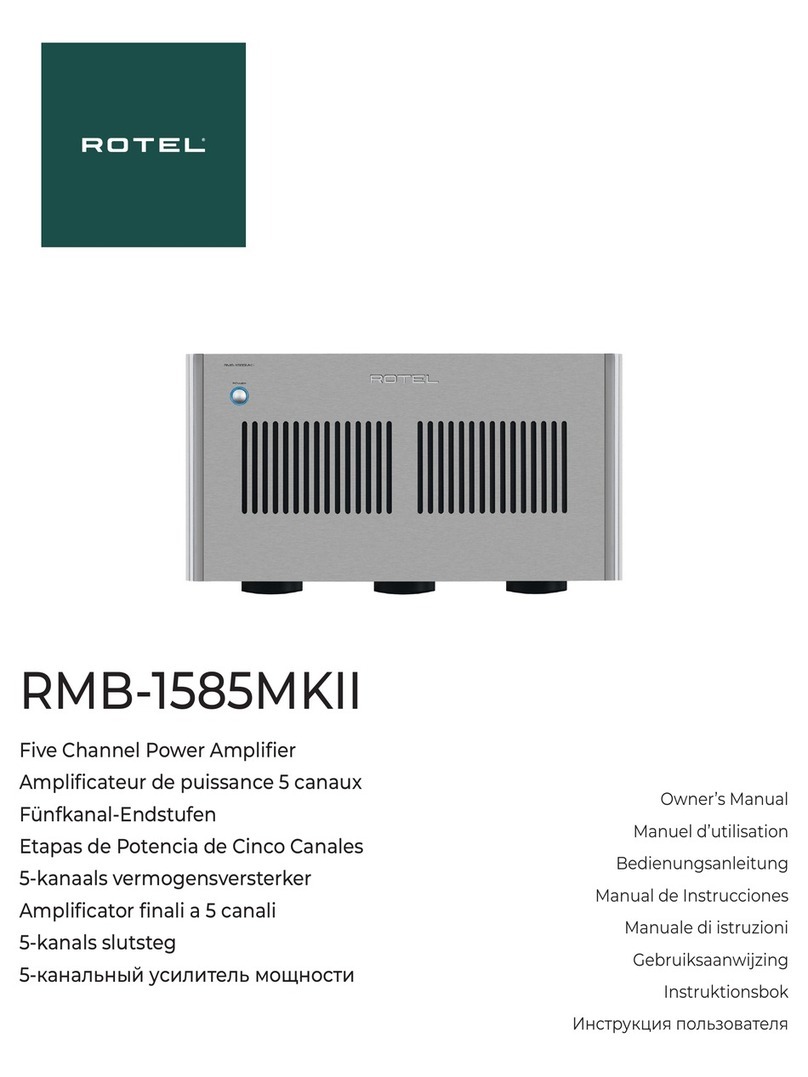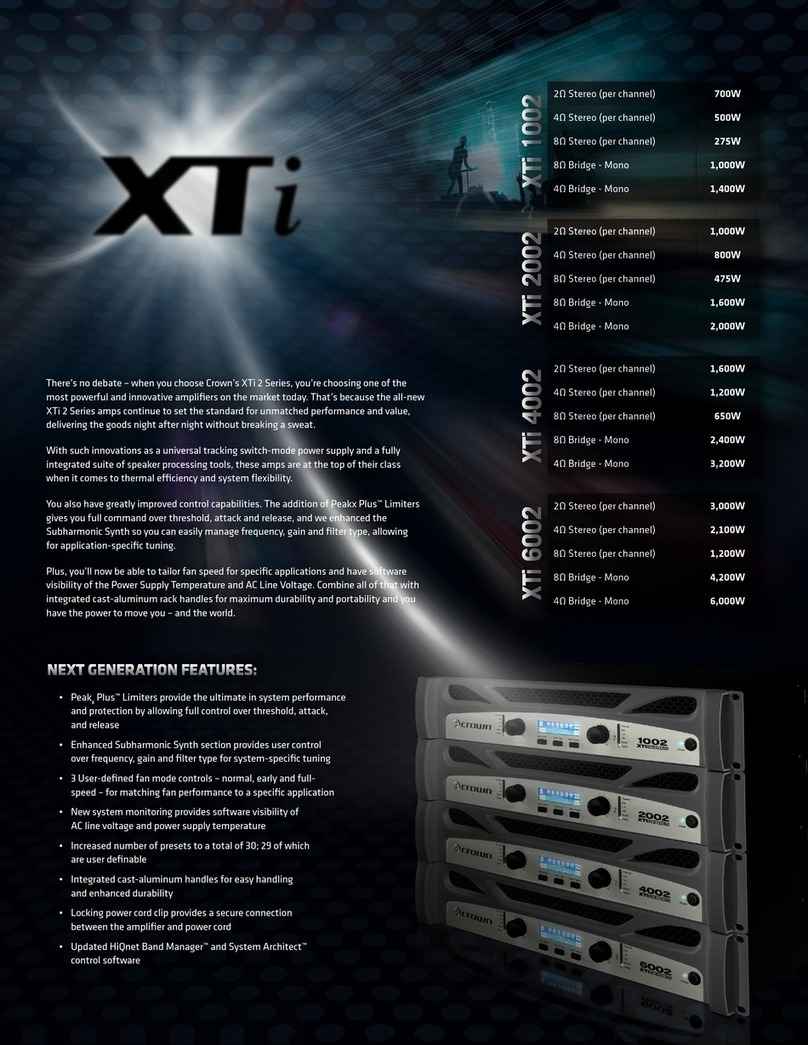Rotel RA-840B User manual
Other Rotel Amplifier manuals
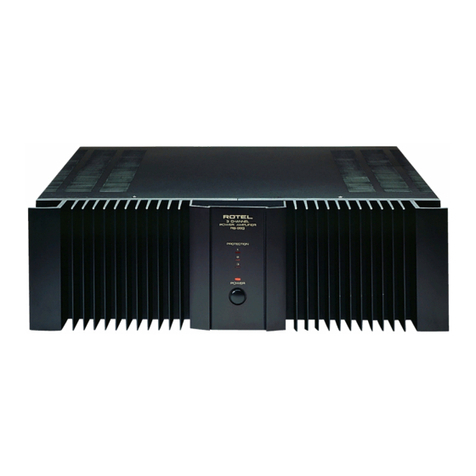
Rotel
Rotel RB-993 User manual
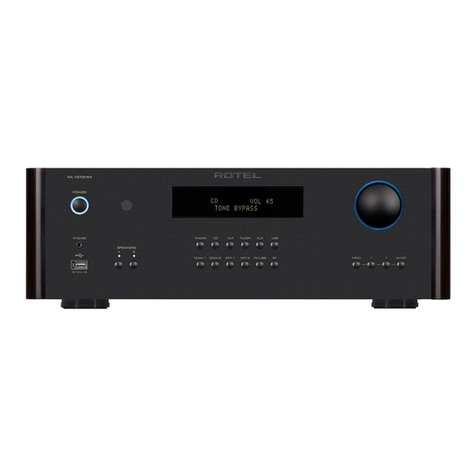
Rotel
Rotel RA-1572MKII User manual
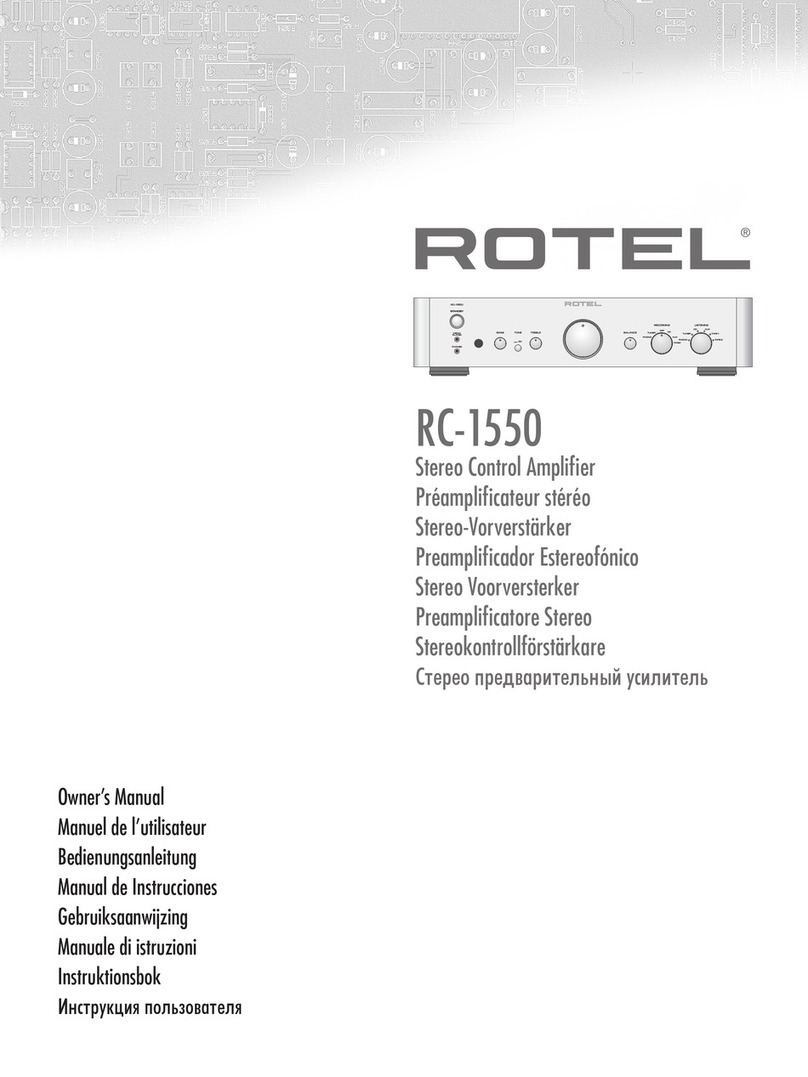
Rotel
Rotel RC-1550 User manual
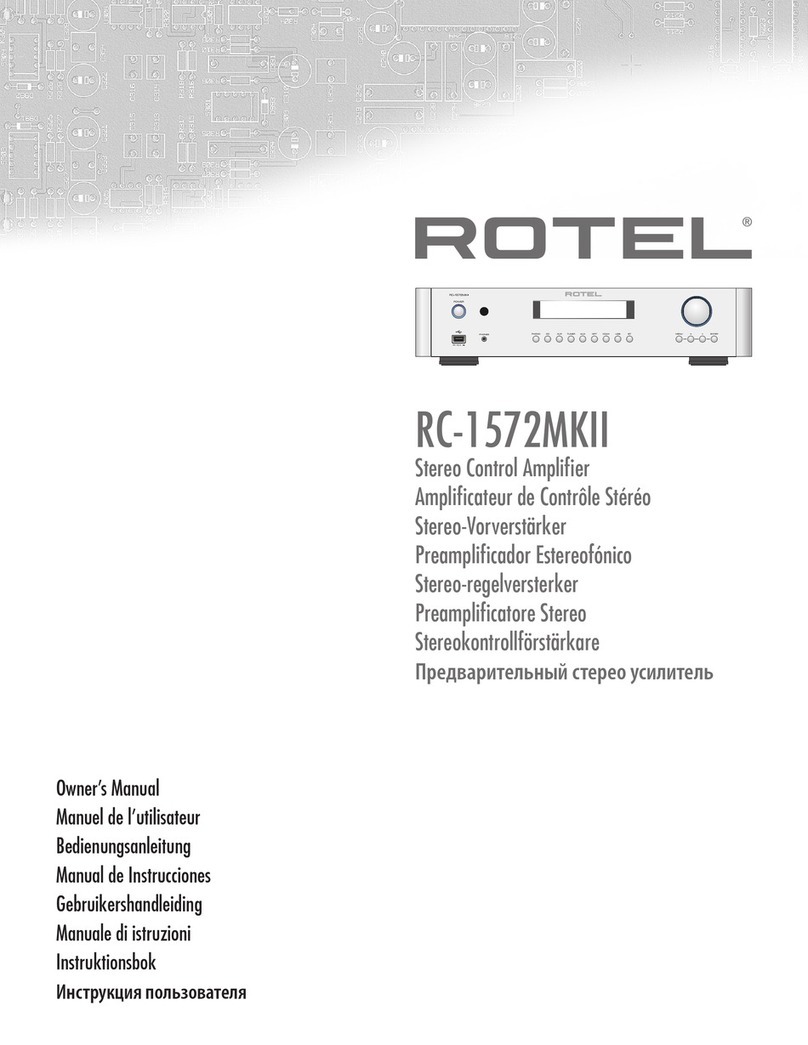
Rotel
Rotel RC 1572MKII User manual
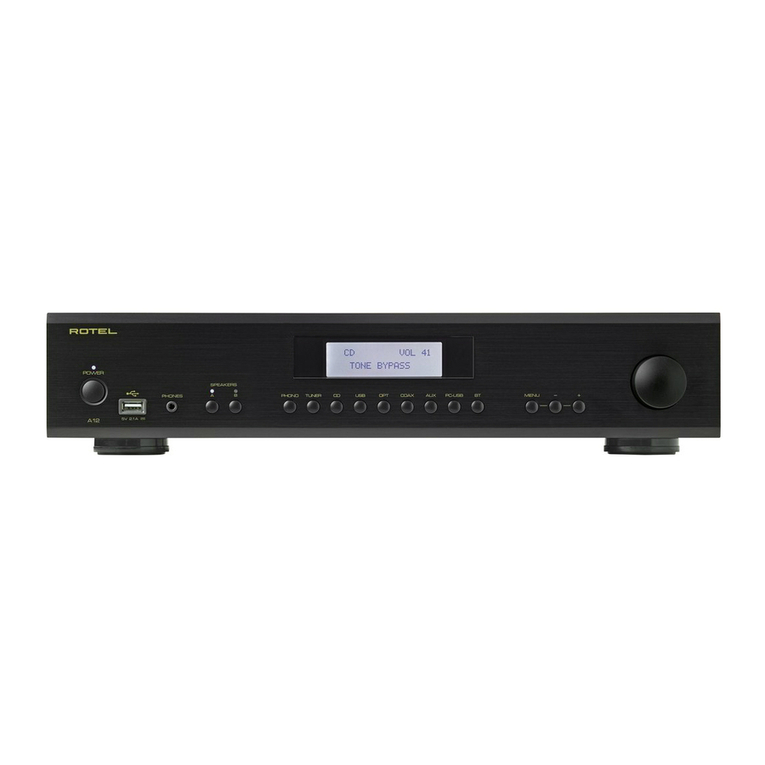
Rotel
Rotel A12 User manual

Rotel
Rotel RB-970BX MKII User manual
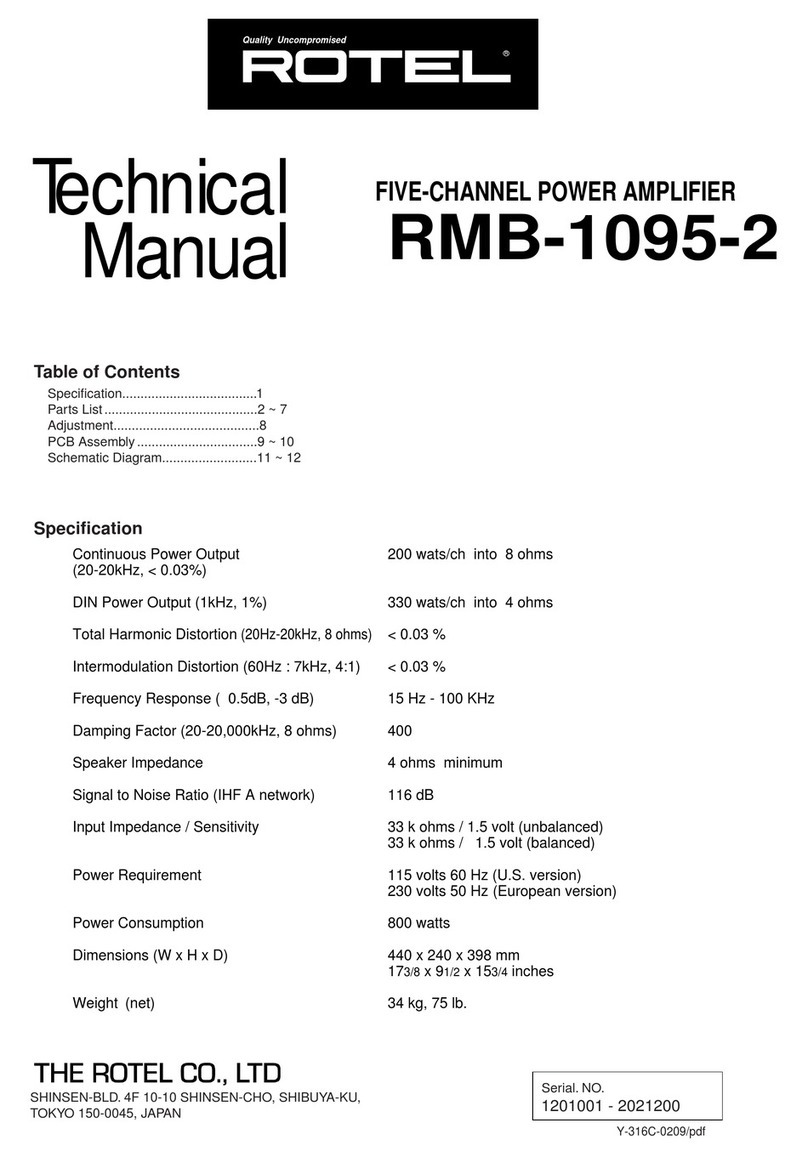
Rotel
Rotel RMB-1095-2 User manual
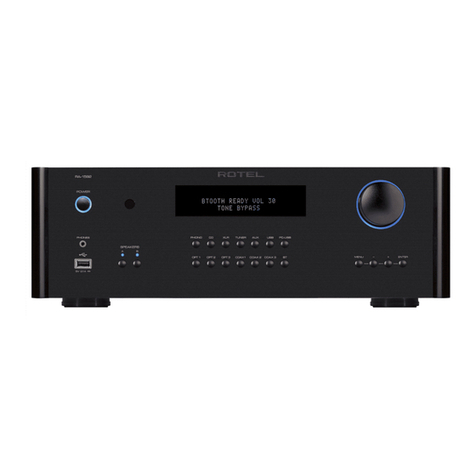
Rotel
Rotel RA-1592 User manual
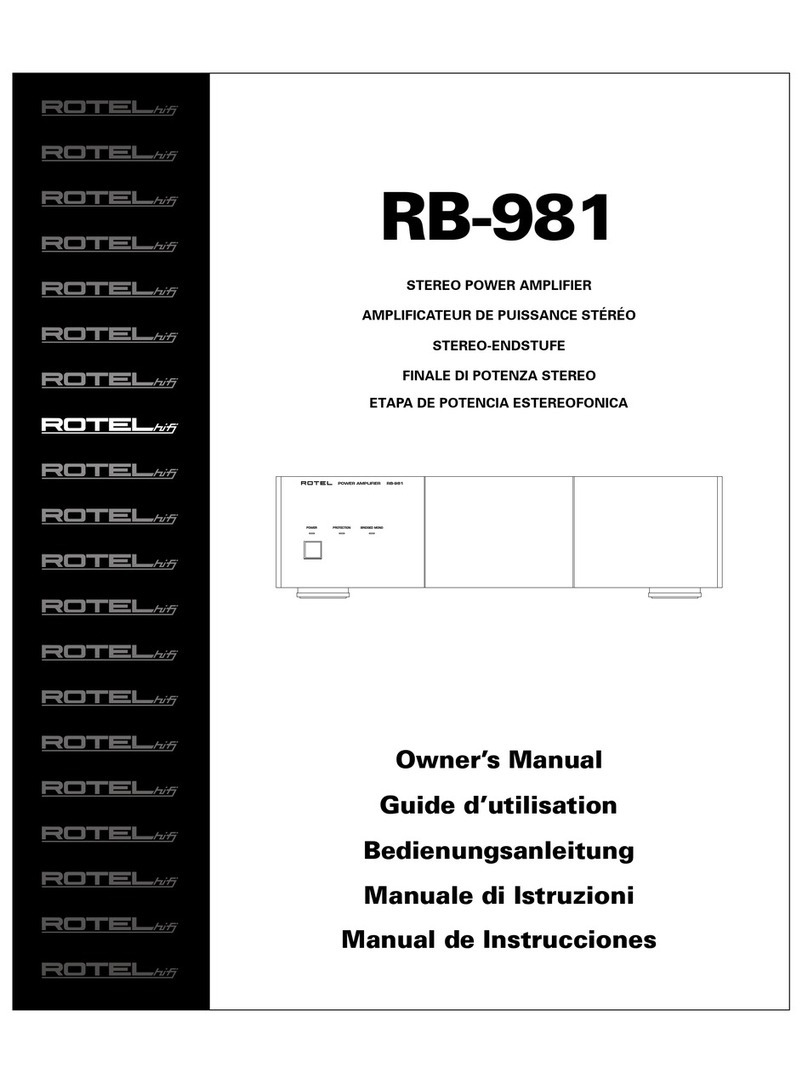
Rotel
Rotel RB-981 User manual
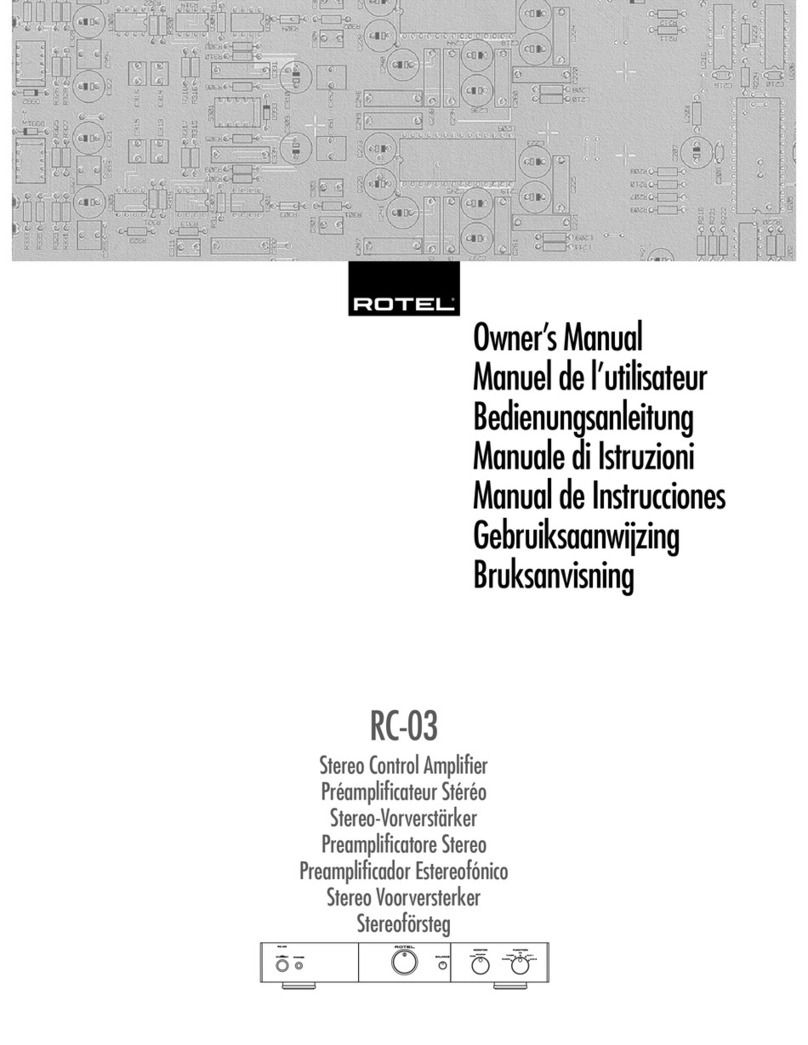
Rotel
Rotel RC-03 User manual
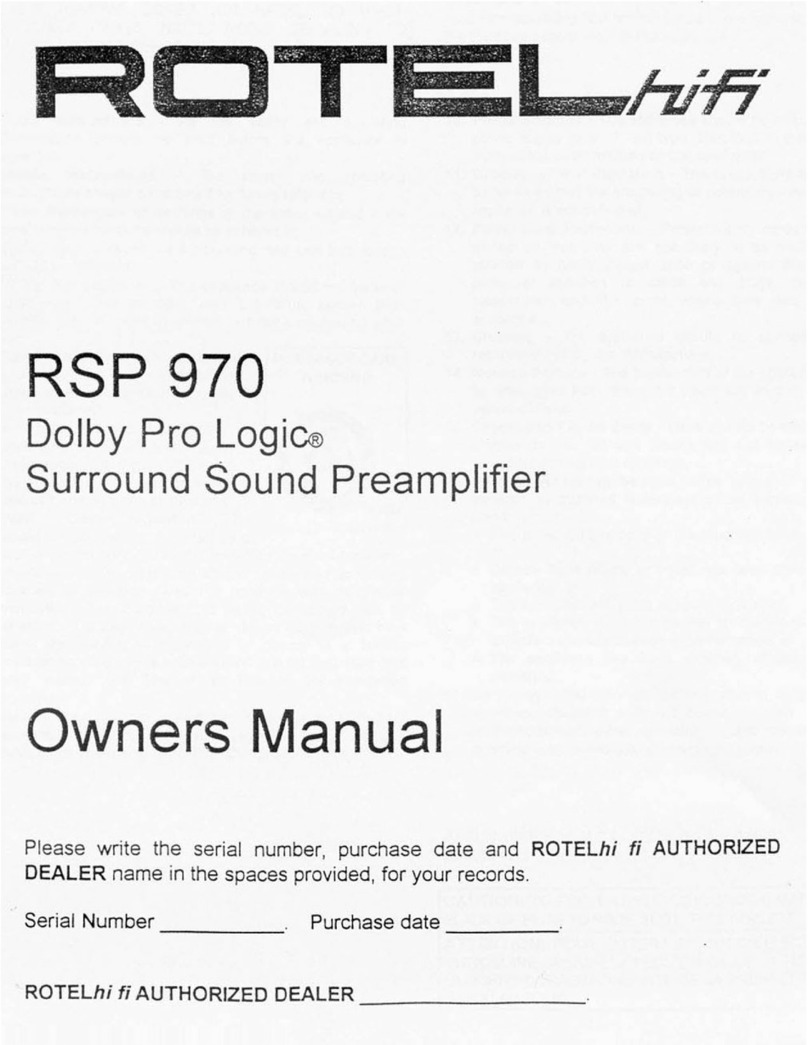
Rotel
Rotel Dolby Pro Logic Surround Pream User manual
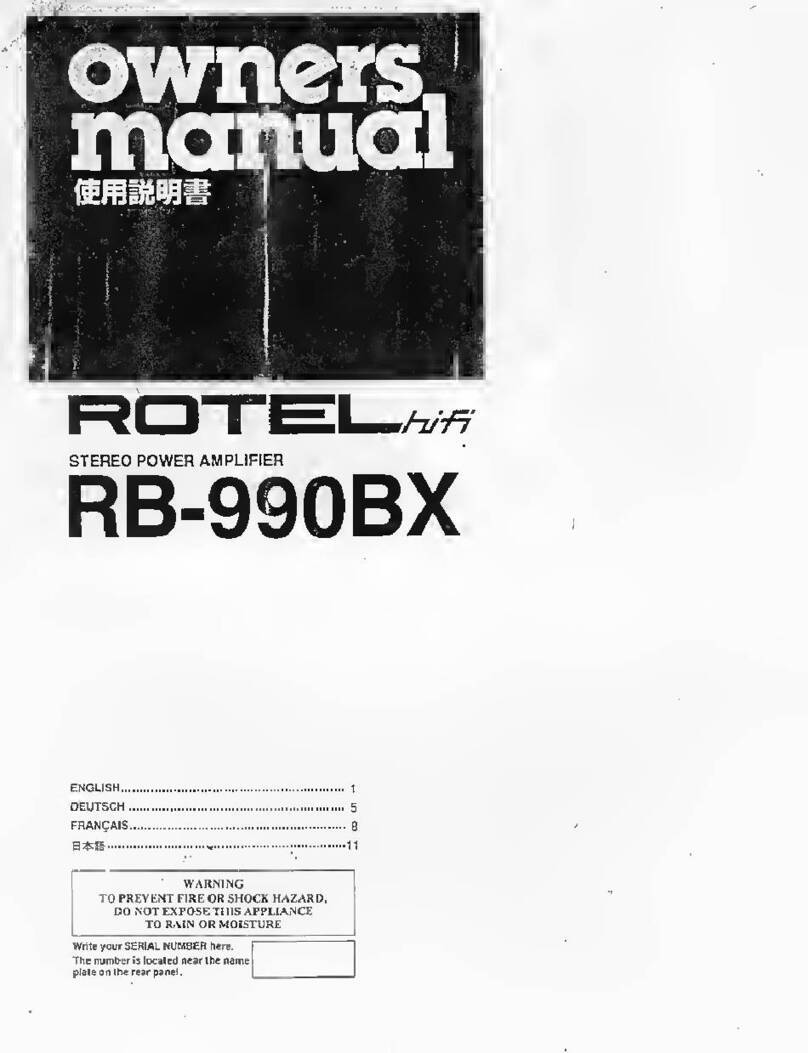
Rotel
Rotel RB-990BX User manual
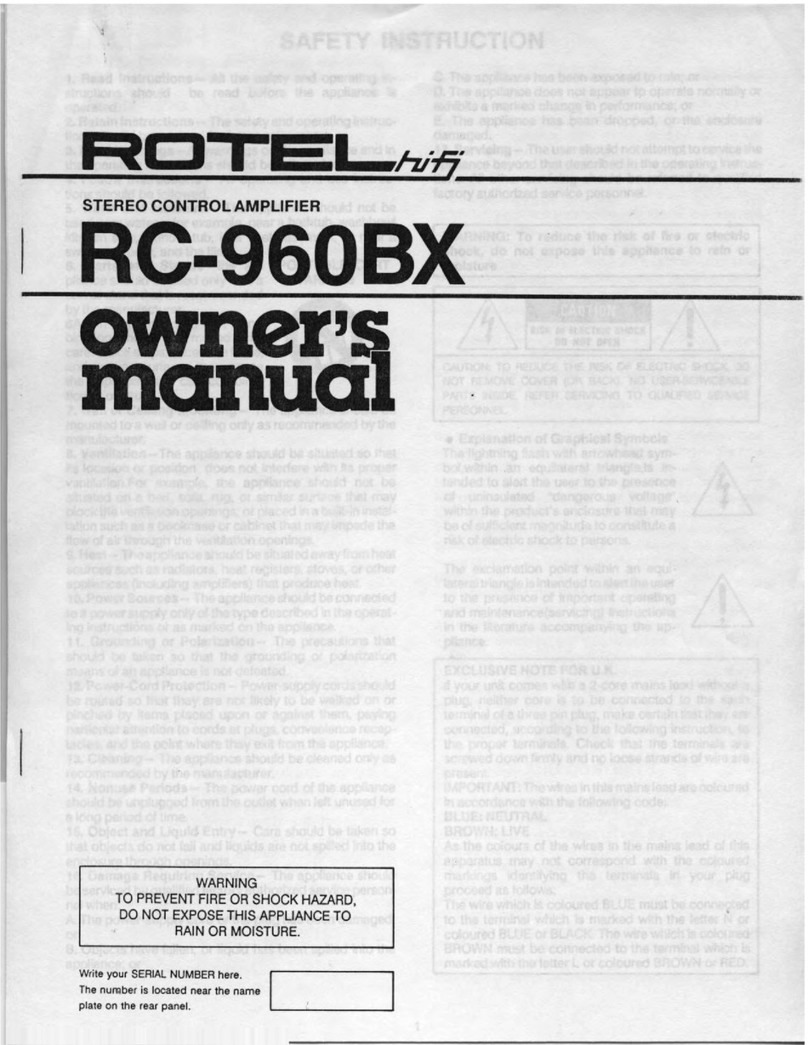
Rotel
Rotel RC-960BX User manual
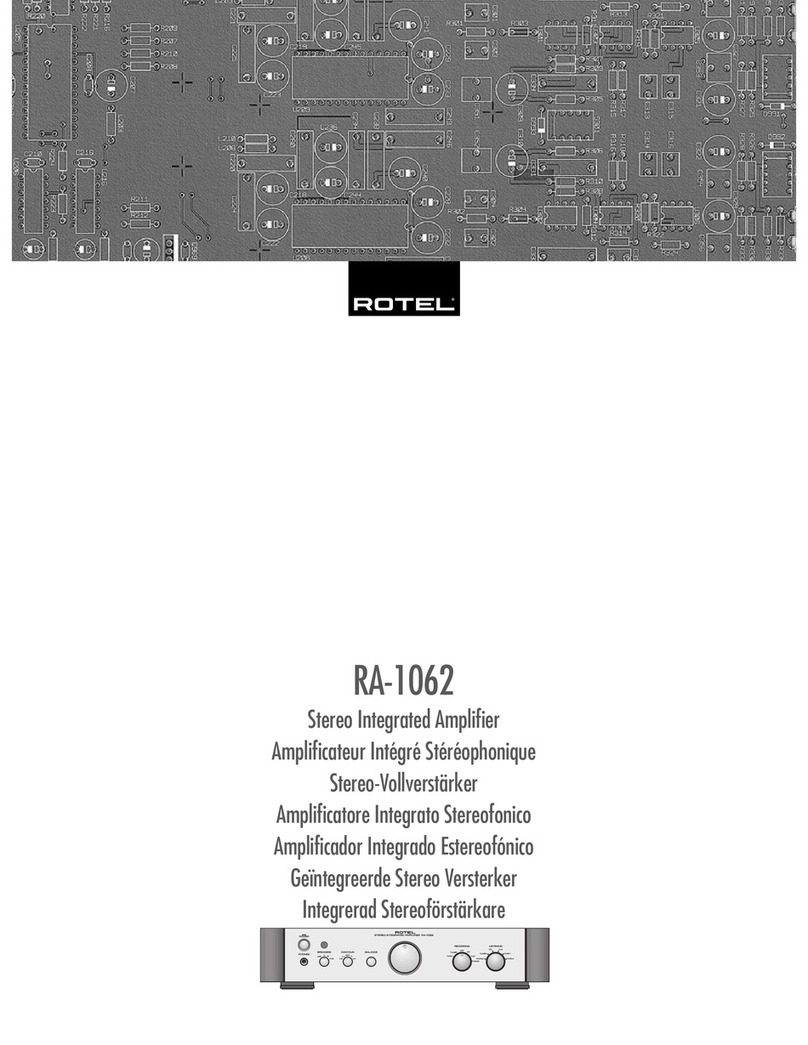
Rotel
Rotel RA-1062 User manual
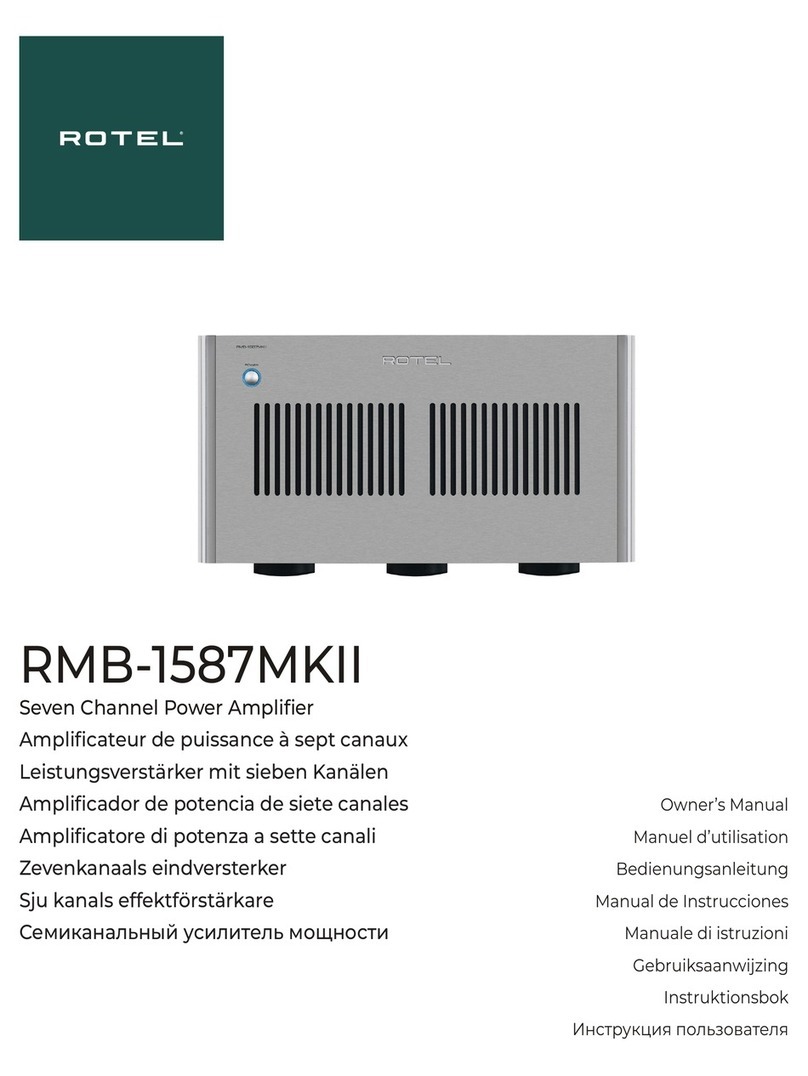
Rotel
Rotel RMB-1587MKII User manual
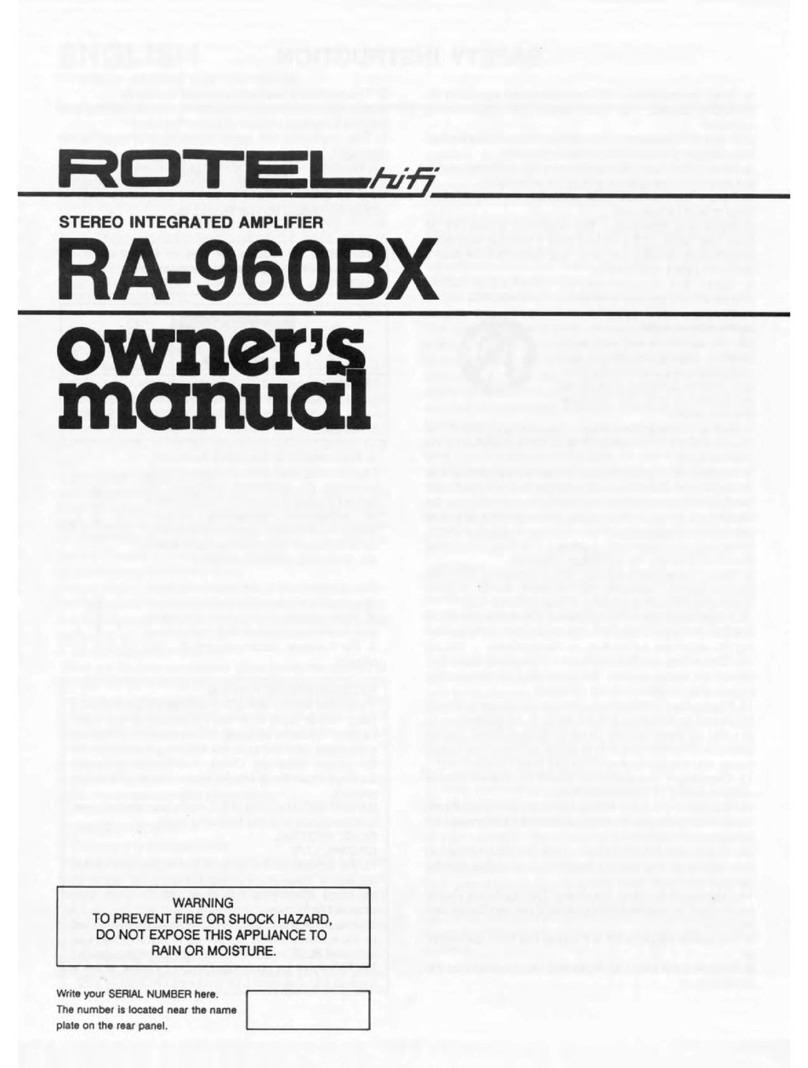
Rotel
Rotel RA-960BX User manual

Rotel
Rotel RA-932 User manual
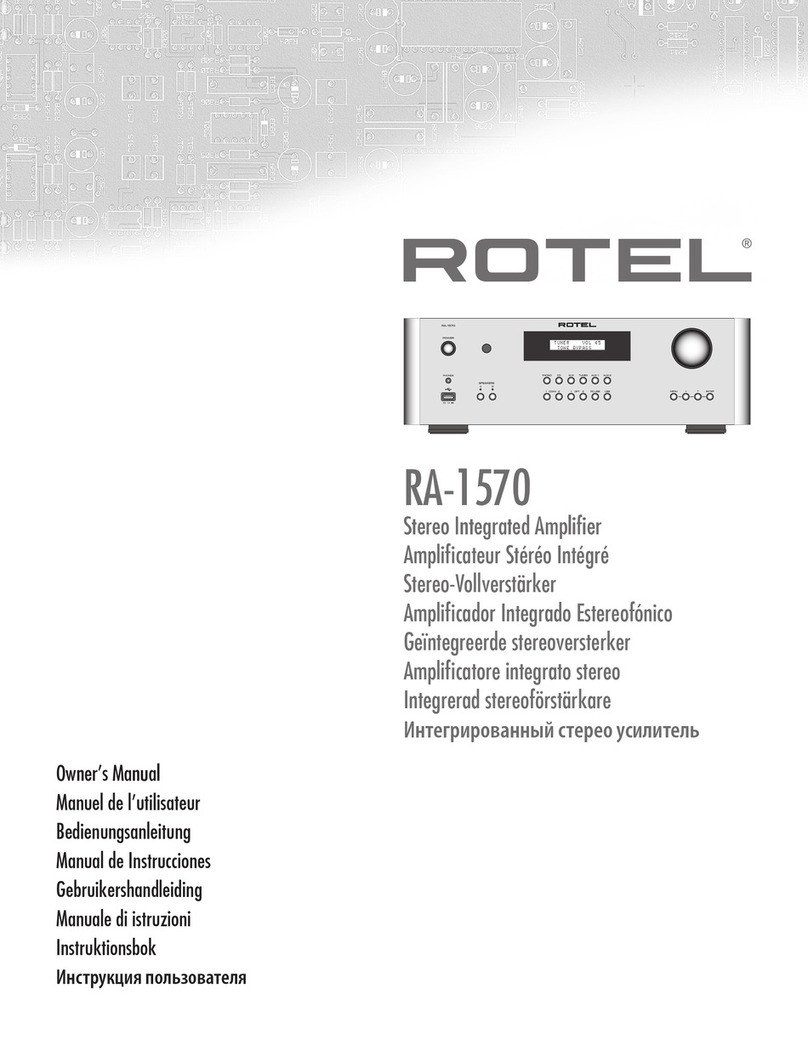
Rotel
Rotel RA-1570 User manual
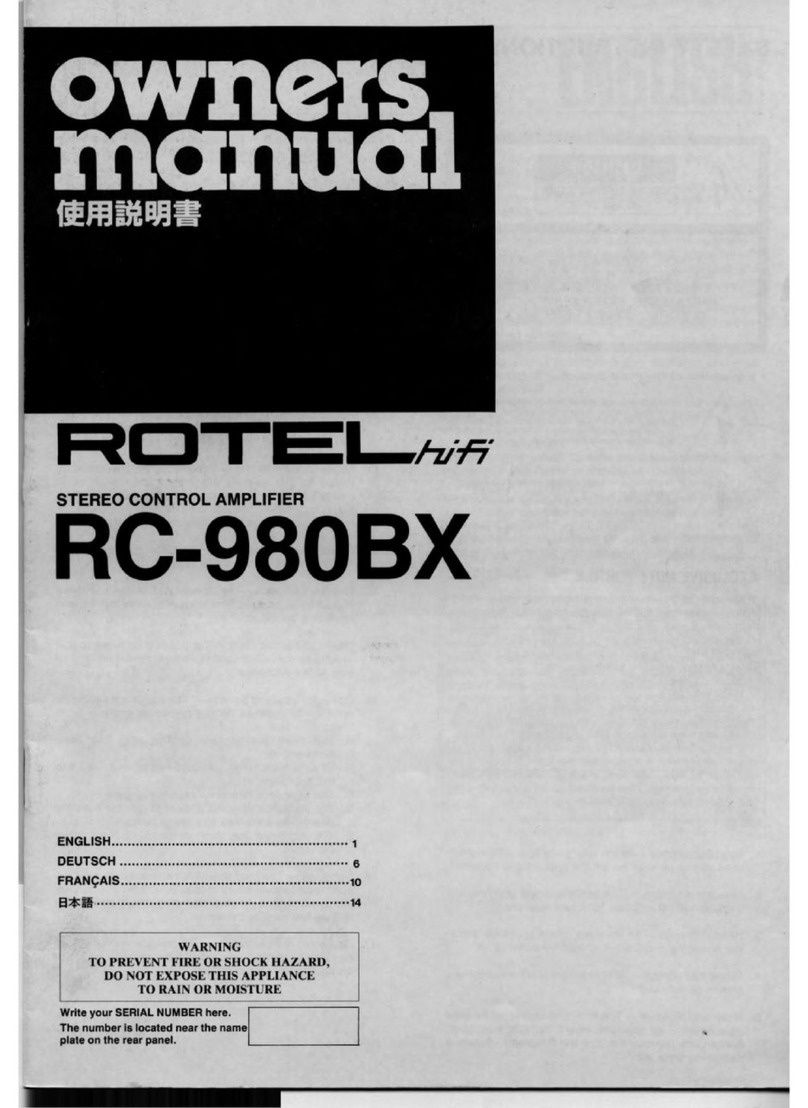
Rotel
Rotel RC-980BX User manual
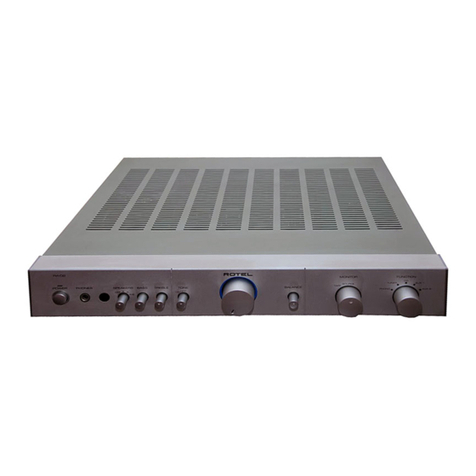
Rotel
Rotel RA-02 User manual
